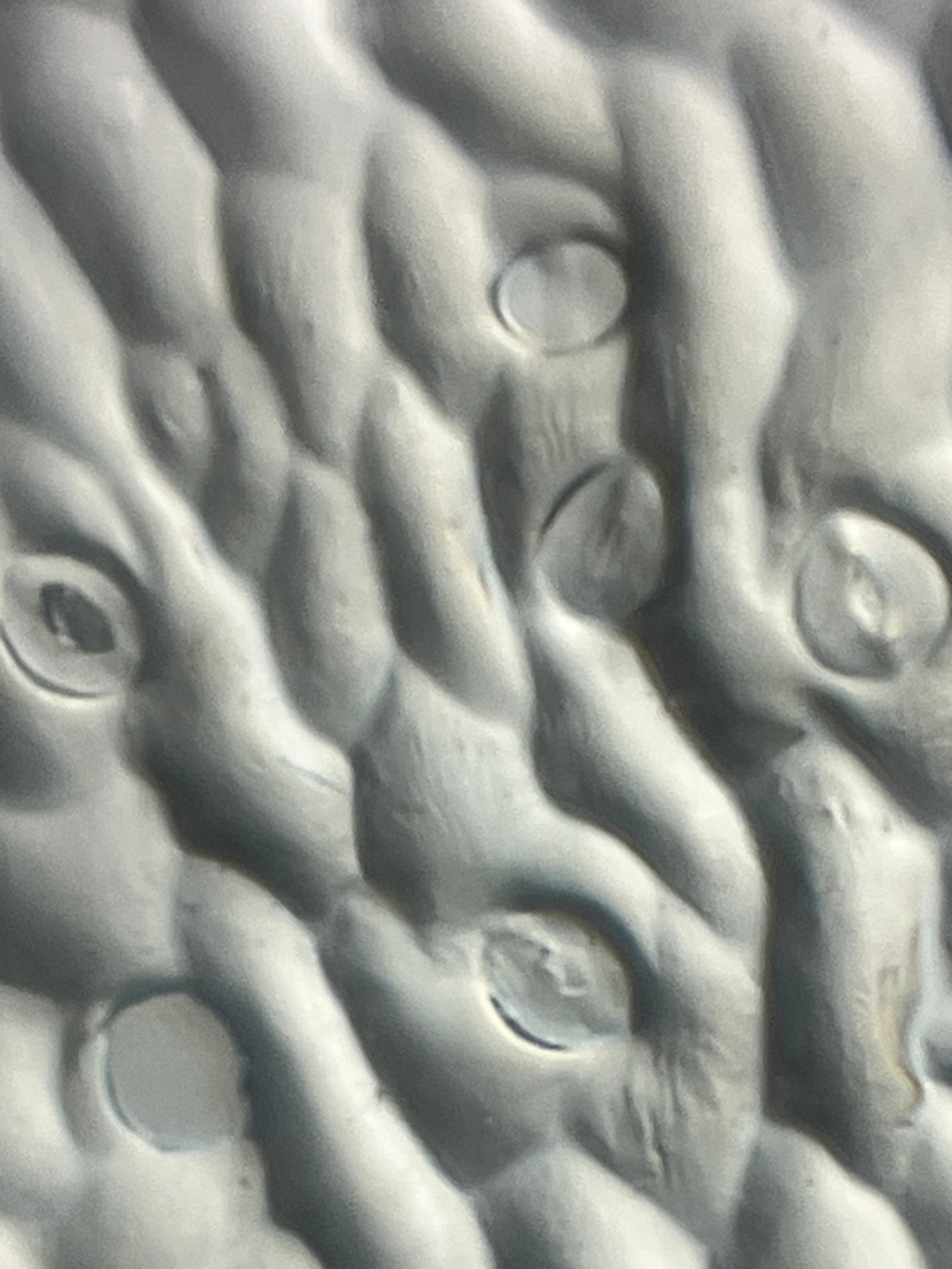
Microscopes bring textbook learning to life—literally. Students gain understanding much more quickly from observing live specimens, such as bacteria and paramecium. With a microscope, biology students can observe the wavy action of cilia or flagella and watch these tiny creatures move.
There are several different types of microscopes marketed to schools, all with different pros and cons. Here’s what to consider when investing in microscopes for schools.
Use
How will your students use their microscopes? If you’re examining transparent, single-celled organisms in a biology lab or crystal structures in a chemistry lab, a compound (also called “upright”) microscope may be the best choice.
For older students conducting dissections or looking at larger, opaque specimens that can be seen with the naked eye, stereo microscopes that provide a 3D image are more appropriate.
Durability and Portability
School microscopes get heavy use. Kids jostle their microscopes, and each other, while completing their science lessons. School microscopes must be durable enough to handle this type of wear.
Another issue is portability: Will your school microscopes be fixed in place year-round? Will you need to move them from one lab table to another, or even outside? Consider cables and cords, and how you’ll store or cover the microscopes when not in use.
Optics
The magnification level of different types of school microscopes can vary wildly. Stereo microscopes typically provide 30-40x magnification, while compound microscopes go up to 400x magnification. Anything more than that narrows and distorts the image, rendering it less useful for educational purposes.
Consider if the microscope has a built-in light source and what type of illumination it provides. LEDs use less energy and last a long time. Think about the size and type of eyepieces of the microscope: Will these fit your students?
Cost
Outfitting an entire lab with enough stationary microscopes for 20 or 30 students can be costly. Although support for STEM education has grown, that doesn’t mean school budgets have grown proportionately.
Stereo and compound microscopes can be heavy and expensive. Students just learning how to use microscopes can treat them harshly, or even drop them, and they’re expensive to replace.
Teachers have another choice: portable microscopes for schools from Foldscope. These simple microscopes offer powerful magnification of 140x and 2-micron resolution. It’s made of a glass lens, some magnets, and waterproof paper. You can increase magnification by attaching a Foldscope to your phone and using the zoom feature in your phone’s camera.
You can buy a classroom kit of 20 Foldscope microscopes for under $40, and students will learn about microscope operation by assembling the Foldscopes themselves. If you don’t have time to guide your class through assembly, purchase an assembled Foldscope classroom kit of 10 Foldscopes for less than $60, and start exploring right away!
When considering investing in microscopes for your school, think about digital options, too. When used with a phone, you can transmit the image you see through your Foldscope to a database, or project it on a screen to discuss with the entire class. Your class can join our community of Foldscope users (we call it the Microcosmos) and share their observations and excitement with a global community of curious student scientists!



